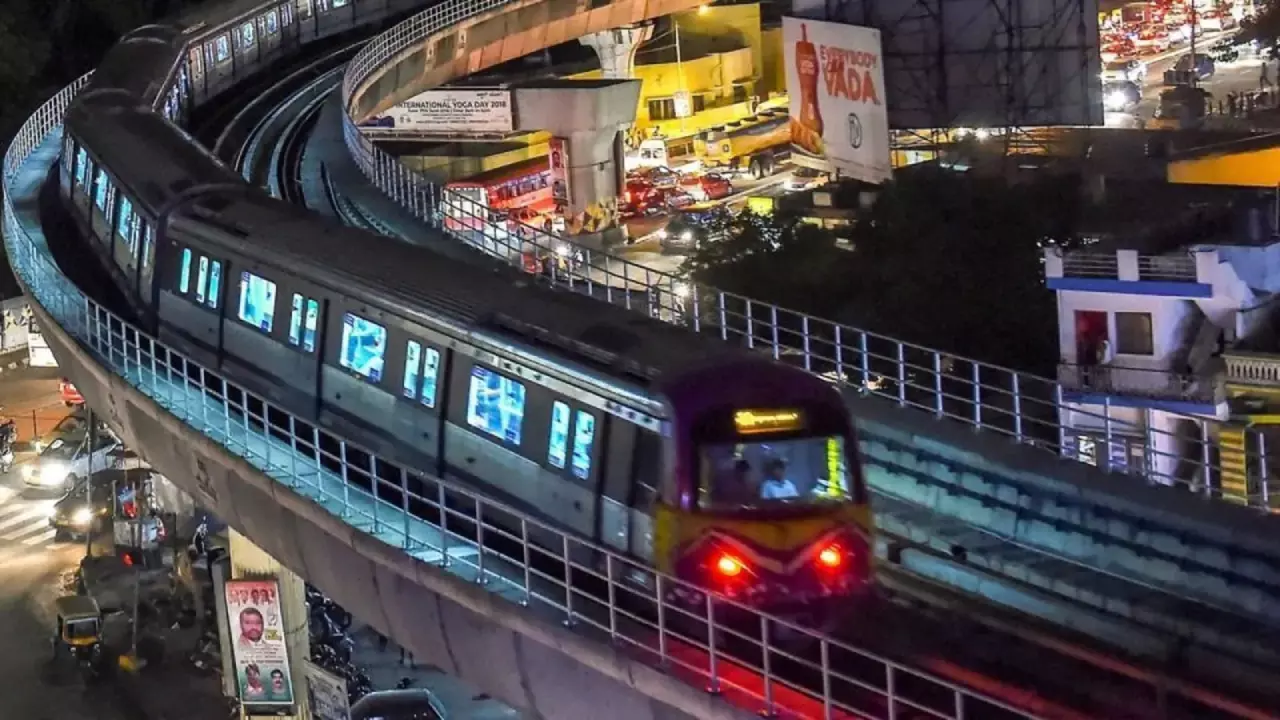Over 400 Buildings to Be Affected by Hebbal-Sarjapur Metro Route
The Hebbal-Sarjapur Metro line, part of Bengaluru's Namma Metro project, will stretch 36 kilometers, passing through key city areas like Koramangala and Mekhri Circle. With 26 stations and an estimated cost of ₹16,500 crore, the project aims to enhance connectivity by 2030. However, over 400 buildings, including residential, commercial, and industrial properties, will need to be vacated for its construction.
Over 400 Buildings to Be Affected by Hebbal-Sarjapur Metro Route

The preliminary survey for the Namma Metro Hebbal-Sarjapur (Red) line has been completed, identifying over 400 buildings that must be vacated to make way for the project. If the survey advances to the land acquisition stage, it is expected that the challenges associated with the route will be addressed.
Highlights
The initial survey of the Namma Metro Hebbal-Sarjapur (Red) route reveals that more than 400 buildings will need to be vacated for the project.
The 36-kilometer metro line, connecting Hebbal and Sarjapur, will pass through 836 properties, including private lands, buildings, and a 45-acre plot adjacent to Hebbal Lake. Among the identified structures, 314 are residential buildings, 37 are commercial properties, and 63 are industrial units.
Once the Bangalore Metro Rail Corporation Limited (BMRCL) issues the preliminary notification, the exact area of land required for the project will be confirmed, and it will be clear which buildings will be acquired.
The Hebbal-Sarjapur Metro line, comprising 26 stations—17 elevated and 11 underpasses—will be constructed at an estimated cost of ₹16,500 crore. The route will traverse key areas in Bengaluru, including Koramangala, Dairy Circle, KR Circle, Golf Course, and Mekhri Circle, connecting significant parts of the city.
This ambitious project recently received approval from the state cabinet, with both central and state governments endorsing the proposal. The survey is expected to conclude soon, paving the way for construction to commence within the next two years. The metro line is projected to become operational by 2030.

